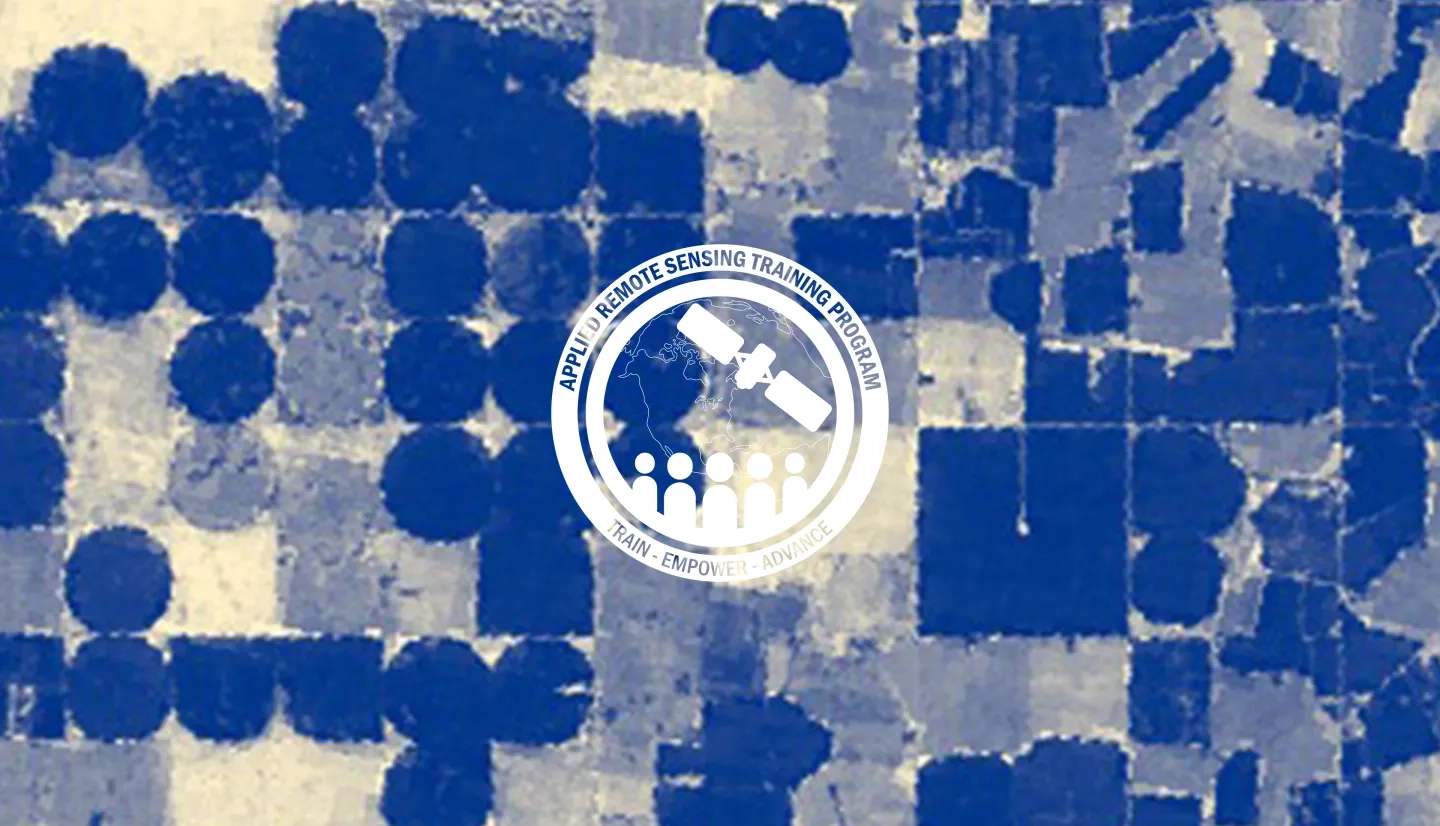Description
September 01, 2016 - September 29, 2016
Previous ARSET trainings focused on water resources have mainly addressed remote sensing measurements of precipitation and their applications, but precipitation is only one component of the water cycle. NASA's Soil Moisture Active Passive (SMAP) Satellite Mission is now providing new soil moisture data, and modeling frameworks are providing new evapotranspiration data. This webinar series was intended to help attendees learn about NASA soil moisture and evapotranspiration products and how to access and apply them for water resource management. Throughout the five sessions you will learn how to monitor and manage water resources with techniques learned in training. The series begins with an introduction to satellite missions and useful datasets. Next, trainers demonstrate online portals for accessing data. The series concludes with specific examples of how you can apply the data and modeled data products.
- An understanding of the concepts and fundamentals of remote sensing
- Suggested Material - Session 1: Fundamentals of Remote Sensing
- Participants will learn about NASA Earth observation resources (data and tools) available for water resource applications, including a basic understanding of how evapotranspiration and soil moisture are included in the water cycle and how to access and visualize these data products.
- Participants will also become familiar with a number of modeled datasets and techniques for using NASA Earth Science data for water resource management.
Local, regional, state, federal, and international organizations interested in using satellite imagery for decision and policy making activities.
- Five 1-hour sessions
An overview of NASA's Soil Moisture Active Passive (SMAP) mission, available SMAP products, an overview of evapotranspiration (ET), methods of estimating ET based on remote sensing, and ET data products based on remote sensing.
An overview of NASA Applied Sciences, the SMAP mission, SMAP applications, the SMAP early adopter program, and samples of SMAP data applications. Featuring guest speaker Vanessa Escobar.
A tour of the NASA National Snow & Ice Data Center (NSIDC), SMAP data discovery & access at NSIDC, accessing SMAP data through Worldview, and accessing SMAP data through Earthdata Search. Featuring guest speaker Amy FitzGerrell.
- English:
- Spanish:
Review of evapotranspiration (ET), ET and energy balance, the METRIC model, reference ET (ASCE Penman-Monteith), monthly vs. seasonal ET, applications, challenges, and access. Featuring guest speakers Rick Allen and Ayse Kilic.
Atmospheric Land-Exchange (ALEXI) evapotranspiration and applications, featuring guest speaker Christopher Hain. ET and soil moisture data from Global and North American Land Data Assimilation Systems (GLDAS and NLDAS), data access, and analysis with QGIS.



